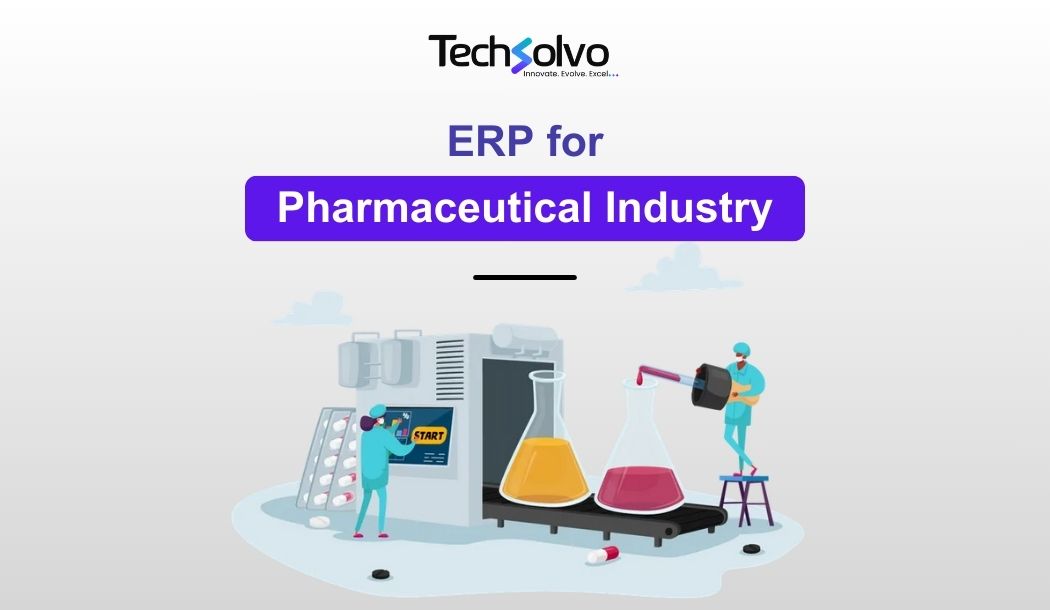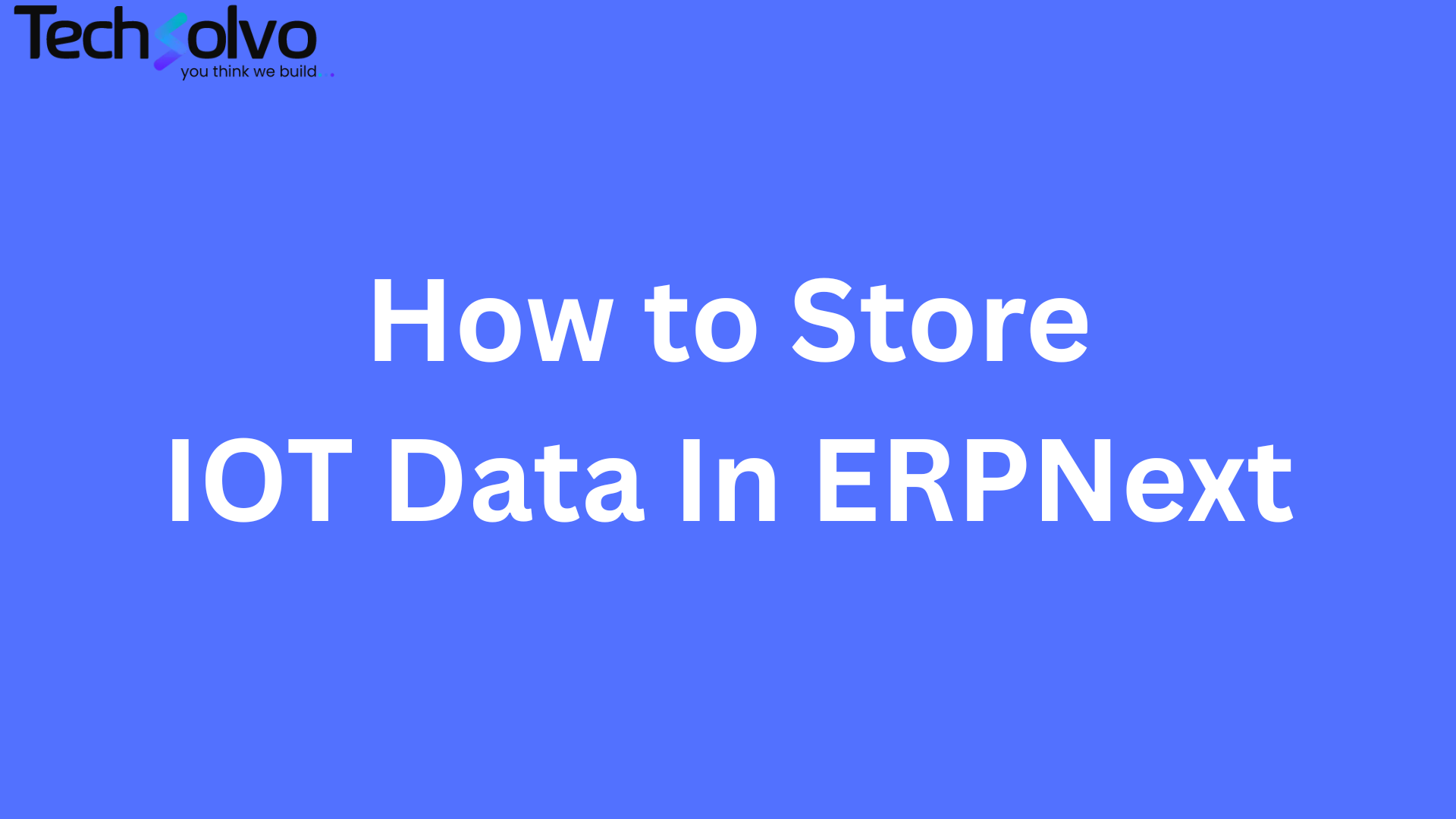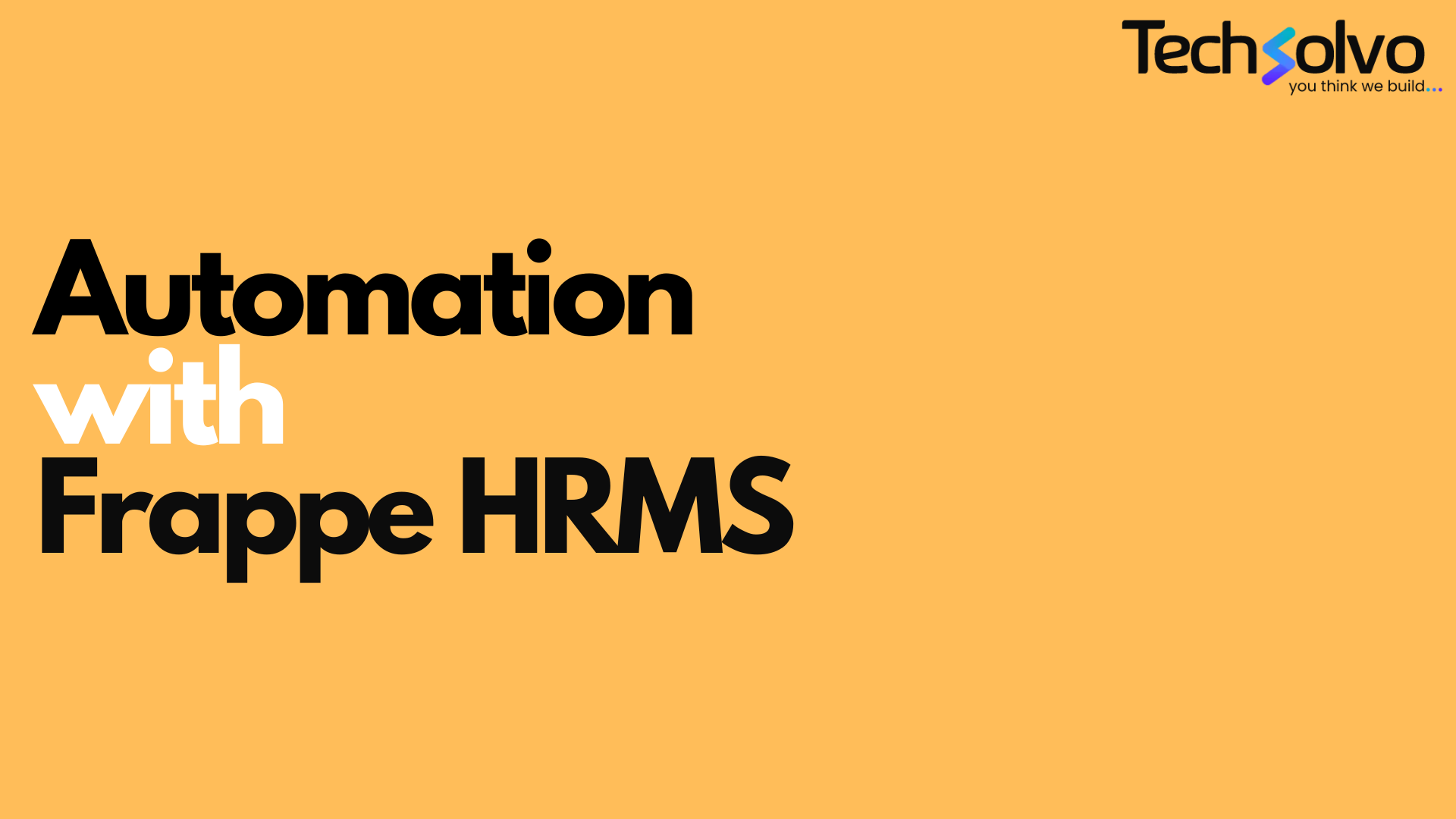
Introduction
In the fast-paced and highly regulated world of pharmaceutical manufacturing, precision, efficiency, and compliance are paramount. This industry operates within a landscape of stringent regulations, complex supply chains, and the constant pressure to innovate. In such an environment, traditional methods of managing operations fall short of meeting the demands for agility, transparency, and quality assurance. This is where Enterprise Resource Planning (ERP) systems step in as a game-changer.
ERP systems are comprehensive software solutions designed to integrate and streamline various business processes within an organization. From production planning to inventory management, from finance to regulatory compliance, ERP systems serve as a centralized hub that connects different departments and functions. They provide real-time visibility into key metrics, automate repetitive tasks, and facilitate data-driven decision-making.
Now, why are ERP systems particularly crucial for the pharmaceutical manufacturing sector?
-
Regulatory Compliance: The pharmaceutical industry is subject to stringent regulations imposed by authorities such as the FDA (Food and Drug Administration) and other regulatory bodies worldwide. Compliance with these regulations is non-negotiable, as it directly impacts patient safety and the company's reputation. ERP systems offer built-in compliance features and workflows, ensuring that manufacturing processes adhere to regulatory standards and documentation requirements are met seamlessly.
-
Batch Traceability: Pharmaceutical products are often produced in batches, and each batch must be traceable throughout the entire supply chain. ERP systems enable meticulous tracking of raw materials, production processes, and distribution, providing end-to-end visibility and traceability. This capability is essential for quality control, product recalls, and regulatory audits.
-
Quality Assurance: Maintaining product quality is paramount in the pharmaceutical industry. ERP systems facilitate quality assurance by standardizing processes, implementing quality control measures, and enabling real-time monitoring of production parameters. By ensuring consistency and adherence to quality standards, ERP systems help mitigate the risk of product defects and recalls.
-
Inventory Management: Pharmaceutical manufacturers deal with a wide range of raw materials, intermediates, and finished products, all of which must be managed efficiently to avoid stockouts or overstock situations. ERP systems optimize inventory management by providing accurate demand forecasts, inventory tracking, and replenishment planning. This minimizes waste, reduces carrying costs, and ensures timely availability of materials for production.
-
Production Efficiency: ERP systems streamline production processes by automating workflows, optimizing resource allocation, and scheduling production activities based on demand forecasts and capacity constraints. This results in improved production efficiency, reduced lead times, and increased throughput, ultimately enhancing the company's competitiveness in the market.
Challenges in Pharmaceutical Manufacturing
Pharmaceutical manufacturing is a highly regulated and complex industry that faces a myriad of challenges throughout the production process. Here, we'll delve into some of the unique challenges faced by pharmaceutical manufacturers:
-
Stringent Regulatory Compliance:
- Regulatory bodies like the FDA (Food and Drug Administration) impose strict guidelines and regulations on pharmaceutical manufacturing to ensure the safety, efficacy, and quality of drugs.
- Compliance with these regulations is not only mandatory but also critical for maintaining public trust and avoiding legal repercussions.
- Pharmaceutical companies must navigate through a maze of regulations, including Good Manufacturing Practices (GMP), Good Laboratory Practices (GLP), and Good Documentation Practices (GDP), which require meticulous documentation and adherence to standardized procedures.
-
Batch Traceability:
- Pharmaceutical products are typically manufactured in batches, and each batch must be traceable from raw material sourcing to distribution.
- Ensuring batch traceability is essential for quality control, product recalls, and regulatory audits.
- Tracking and managing the entire lifecycle of each batch, including raw materials, intermediates, and finished products, can be challenging, particularly without robust systems in place.
-
Inventory Management:
- Pharmaceutical manufacturers deal with a vast array of raw materials, intermediates, and finished products, each with specific storage and handling requirements.
- Effective inventory management is crucial to avoid stockouts, overstock situations, and product wastage.
- The perishable nature of some raw materials and the need for precise temperature and humidity control further complicate inventory management processes.
-
Quality Control:
- Maintaining high-quality standards is paramount in the pharmaceutical industry to ensure product safety and efficacy.
- Quality control processes involve rigorous testing of raw materials, intermediates, and finished products at various stages of production.
- Ensuring consistency and accuracy in quality control tests while minimizing the risk of human error requires sophisticated testing equipment and robust quality management systems.
-
Efficient Production Processes:
- Pharmaceutical manufacturing involves complex and multi-step processes, often requiring precise control over factors such as temperature, pressure, and mixing ratios.
- Optimizing production processes to minimize cycle times, reduce waste, and maximize yield is crucial for improving operational efficiency and reducing costs.
- Balancing production capacity with demand fluctuations and ensuring flexibility to accommodate changes in product formulations or regulatory requirements adds another layer of complexity to production planning and scheduling.
Role of ERP in Pharmaceutical Manufacturing
The role of ERP systems, such as ERPNext provided by TechSolvo LLP, in pharmaceutical manufacturing is instrumental in addressing the multifaceted challenges faced by the industry. Here's how ERP systems integrate various business processes and streamline operations in pharmaceutical manufacturing:
-
Integration of Business Processes:
- ERPNext consolidates diverse business functions, including inventory management, production planning, quality control, regulatory compliance, and financial management, into a single, unified platform.
- By centralizing data and processes, ERPNext eliminates data silos and facilitates seamless communication and collaboration across departments, ensuring transparency and coherence in operations.
-
Inventory Management:
- ERPNext optimizes inventory management by providing real-time visibility into inventory levels, stock movements, and expiration dates.
- Pharmaceutical manufacturers can track and trace raw materials, intermediates, and finished products throughout the supply chain, ensuring compliance with regulatory requirements and minimizing the risk of stockouts or wastage.
-
Production Planning:
- ERPNext streamlines production planning processes by automating workflows, optimizing resource allocation, and scheduling production activities based on demand forecasts and capacity constraints.
- Manufacturers can create production schedules, allocate resources efficiently, and monitor production progress in real-time, thereby enhancing operational efficiency and reducing lead times.
-
Quality Control:
- ERPNext facilitates robust quality control processes by standardizing testing protocols, capturing quality data in real-time, and enabling comprehensive tracking of quality parameters throughout the production cycle.
- Quality control tests, including raw material testing, in-process testing, and finished product testing, can be managed within ERPNext, ensuring compliance with regulatory standards and maintaining product quality.
-
Regulatory Compliance:
- ERPNext incorporates features and workflows specifically designed to support regulatory compliance in the pharmaceutical industry.
- Built-in compliance tools help manufacturers adhere to regulatory requirements, such as FDA regulations, cGMP (current Good Manufacturing Practices), and other international standards, by enforcing standard operating procedures, maintaining audit trails, and generating compliance reports.
-
Financial Management:
- ERPNext provides comprehensive financial management capabilities, including budgeting, cost control, invoicing, and financial reporting.
- By integrating financial management with other business processes, manufacturers can gain insights into cost structures, profitability, and financial performance, enabling informed decision-making and strategic planning.
Features of ERPNext for Pharmaceutical Manufacturing
ERPNext offers a range of features and modules tailored specifically to meet the unique needs of pharmaceutical manufacturing. Let's explore some of the key features and modules within ERPNext that cater to this industry:
-
Batch Tracking and Traceability:
- ERPNext provides robust batch tracking capabilities, allowing pharmaceutical manufacturers to trace raw materials, intermediates, and finished products throughout the entire production process and supply chain.
- Batch traceability ensures compliance with regulatory requirements and enables quick and accurate identification of products in case of recalls or quality issues.
-
Formulation Management:
- The formulation management module in ERPNext enables pharmaceutical companies to manage and track complex formulas for drug manufacturing.
- It allows users to define and maintain formulas, including ingredients, quantities, specifications, and instructions, ensuring consistency and accuracy in production processes.
-
Quality Control:
- ERPNext offers comprehensive quality control features to ensure that products meet stringent quality standards.
- Quality control modules facilitate the creation and execution of quality tests, including raw material testing, in-process testing, and finished product testing.
- Users can define quality parameters, set tolerance limits, record test results, and generate compliance reports to demonstrate adherence to regulatory requirements.
-
Regulatory Compliance Tools:
- ERPNext includes built-in tools and workflows to support regulatory compliance in the pharmaceutical industry.
- It helps companies adhere to regulatory standards such as FDA regulations, cGMP (current Good Manufacturing Practices), and other international guidelines by enforcing standard operating procedures, maintaining audit trails, and generating compliance documentation.
-
Inventory Optimization:
- ERPNext offers advanced inventory management capabilities to optimize inventory levels and minimize carrying costs.
- Features such as real-time inventory tracking, automated replenishment, and demand forecasting help pharmaceutical manufacturers maintain optimal stock levels while avoiding stockouts and overstock situations.
-
Production Planning and Scheduling:
- The production planning and scheduling module in ERPNext enables pharmaceutical companies to plan and manage production activities efficiently.
- Users can create production schedules, allocate resources, track work orders, and monitor production progress in real-time, ensuring timely delivery of products while maximizing resource utilization.
-
Reporting and Analytics:
- ERPNext provides powerful reporting and analytics tools to gain insights into key performance indicators (KPIs), trends, and patterns within the pharmaceutical manufacturing process.
- Users can generate customizable reports, dashboards, and visualizations to track performance, identify areas for improvement, and make data-driven decisions.
-
Document Management:
- The document management module in ERPNext allows pharmaceutical manufacturers to securely store, organize, and manage documents related to product specifications, regulatory approvals, and quality assurance processes.
- It ensures that critical documents are easily accessible, version-controlled, and compliant with regulatory requirements.
Regulatory Compliance
Regulatory compliance is paramount in the pharmaceutical industry, as it ensures the safety, efficacy, and quality of medications produced and distributed to patients worldwide. Compliance with regulatory standards such as FDA regulations, cGMP (current Good Manufacturing Practices), and other international guidelines is not only a legal requirement but also a fundamental aspect of maintaining public trust and safeguarding public health.
Here's why regulatory compliance is crucial in the pharmaceutical industry:
-
Patient Safety: Regulatory standards are designed to protect patients from potential harm caused by unsafe or ineffective medications. Compliance with these standards ensures that pharmaceutical products meet strict quality and safety criteria, minimizing the risk of adverse reactions or treatment failures.
-
Public Health: Regulatory compliance plays a crucial role in safeguarding public health by preventing the distribution of substandard or counterfeit medications. Adherence to quality assurance processes and regulatory guidelines ensures that pharmaceutical products meet the required standards of purity, potency, and efficacy.
-
Reputation and Trust: Non-compliance with regulatory standards can damage the reputation and credibility of pharmaceutical companies, leading to loss of consumer trust and market share. Maintaining a reputation for compliance demonstrates a commitment to quality and integrity, enhancing the company's standing within the industry and among stakeholders.
-
Legal Obligations: Regulatory agencies such as the FDA have the authority to impose fines, sanctions, or even product recalls in cases of non-compliance with regulatory standards. Pharmaceutical companies must adhere to regulatory requirements to avoid legal consequences and maintain compliance with industry regulations.
Now, let's explore how ERPNext helps pharmaceutical companies maintain compliance with regulatory standards:
-
Built-in Compliance Features: ERPNext includes built-in features and modules specifically designed to support regulatory compliance in the pharmaceutical industry. These features encompass functionalities such as batch tracking and traceability, quality control management, document management, and audit trails.
-
Standardized Workflows: ERPNext offers customizable workflows that align with regulatory requirements, allowing pharmaceutical companies to enforce standard operating procedures (SOPs) and quality assurance protocols. These workflows ensure consistency and adherence to regulatory standards across various departments and processes.
-
Document Management: ERPNext provides robust document management capabilities, allowing pharmaceutical companies to securely store, organize, and manage regulatory documents, including product specifications, manufacturing records, and compliance documentation. Version control and access controls ensure that documents are up-to-date and accessible to authorized personnel.
-
Audit Trails and Reporting: ERPNext maintains detailed audit trails of all transactions and activities within the system, enabling pharmaceutical companies to track changes, monitor compliance-related actions, and demonstrate accountability during regulatory audits. Additionally, customizable reporting and analytics tools allow companies to generate compliance reports and insights to identify trends, patterns, and areas for improvement.
Streamlining Production Processes
Streamlining production processes is essential for pharmaceutical manufacturers to improve efficiency, reduce costs, and meet the growing demands of the market. ERPNext plays a crucial role in optimizing production processes in pharmaceutical manufacturing by enabling efficient resource allocation, scheduling, and production planning. Here's how ERPNext achieves this:
-
Resource Allocation:
- ERPNext provides real-time visibility into resource availability, including equipment, materials, and labor.
- With this information at hand, pharmaceutical manufacturers can optimize resource allocation by assigning resources based on availability, capacity, and priority.
- By ensuring that resources are utilized effectively and efficiently, ERPNext minimizes idle time, reduces bottlenecks, and maximizes productivity throughout the production process.
-
Scheduling:
- ERPNext facilitates dynamic scheduling of production activities based on demand forecasts, resource availability, and production constraints.
- Production schedules can be created, modified, and adjusted in real-time to accommodate changing demand patterns, resource availability, or unexpected disruptions.
- By optimizing production schedules, ERPNext minimizes lead times, improves throughput, and ensures timely delivery of products to customers.
-
Production Planning:
- ERPNext enables pharmaceutical manufacturers to create comprehensive production plans that align with business objectives, customer demand, and regulatory requirements.
- Production plans encompass various aspects such as batch sizes, production quantities, formulation recipes, and scheduling of production activities.
- By centralizing production planning processes within ERPNext, manufacturers can optimize production efficiency, reduce setup times, and minimize changeover costs.
-
Capacity Management:
- ERPNext helps pharmaceutical manufacturers effectively manage production capacity by providing insights into available capacity, production constraints, and bottlenecks.
- Capacity planning tools allow companies to identify and address potential capacity constraints proactively, ensuring smooth and uninterrupted production operations.
- By optimizing capacity utilization, ERPNext maximizes production efficiency, minimizes idle time, and reduces production costs.
-
Continuous Improvement:
- ERPNext supports continuous improvement initiatives by providing tools for performance monitoring, analysis, and optimization.
- Key performance indicators (KPIs) and metrics related to production processes are tracked and analyzed within ERPNext, allowing companies to identify inefficiencies, areas for improvement, and opportunities for cost savings.
- By leveraging data-driven insights, pharmaceutical manufacturers can implement targeted improvements, refine production processes, and drive ongoing optimization.
Quality Control and Assurance
ERPNext plays a critical role in facilitating rigorous quality control measures throughout the pharmaceutical manufacturing process, ensuring product safety, efficacy, and compliance with quality standards. Here's how ERPNext achieves this:
-
Raw Material Procurement: ERPNext enables pharmaceutical companies to establish quality criteria for raw materials and suppliers. Quality parameters can be defined and monitored to ensure that raw materials meet specified standards before procurement.
-
In-Process Quality Control: ERPNext supports in-process quality control by providing tools for real-time monitoring of production parameters and quality checkpoints. Quality tests and inspections can be scheduled, executed, and recorded within the system to ensure compliance with quality standards.
-
Finished Product Testing: ERPNext facilitates comprehensive testing and analysis of finished products to verify their safety, efficacy, and quality. Test results are captured and documented, allowing companies to demonstrate compliance with regulatory requirements and quality standards.
-
Non-Conformance Management: In the event of quality deviations or non-conformances, ERPNext helps pharmaceutical companies initiate corrective and preventive actions (CAPAs) to address root causes and prevent recurrence. CAPA workflows can be established to track and manage quality issues effectively.
-
Documentation and Compliance: ERPNext maintains detailed records of quality control activities, including test results, inspection reports, and compliance documentation. These records serve as evidence of adherence to regulatory requirements and quality standards, facilitating regulatory audits and inspections.
By providing robust quality control and assurance features, ERPNext enables pharmaceutical manufacturers to maintain the highest standards of product quality, safety, and efficacy throughout the manufacturing process.
Supply Chain Management
ERPNext plays a crucial role in managing complex supply chains in the pharmaceutical industry, ensuring uninterrupted production and timely delivery of medications. Here's how ERPNext supports supply chain management:
-
Supplier Management: ERPNext allows pharmaceutical companies to manage their supplier relationships effectively. Supplier information, contracts, and performance metrics can be maintained within the system to ensure transparency and accountability in supplier interactions.
-
Procurement: ERPNext streamlines the procurement process by automating purchase requisitions, approvals, and purchase orders. Integration with supplier management modules enables seamless communication and collaboration with suppliers, ensuring timely procurement of materials and supplies.
-
Inventory Tracking: ERPNext provides real-time visibility into inventory levels, stock movements, and inventory costs. Pharmaceutical companies can track the availability and location of raw materials, intermediates, and finished products throughout the supply chain, minimizing stockouts and overstock situations.
-
Demand Forecasting: ERPNext offers demand forecasting tools to predict future demand for pharmaceutical products accurately. By analyzing historical data and market trends, companies can optimize inventory levels, production schedules, and procurement plans to meet customer demand efficiently.
-
Logistics Management: ERPNext supports logistics management by integrating with shipping carriers and third-party logistics providers. Shipment tracking, delivery scheduling, and transportation optimization tools enable companies to manage the movement of products seamlessly from manufacturing facilities to distribution centers and end customers.
By leveraging ERPNext's supply chain management capabilities, pharmaceutical companies can enhance operational efficiency, reduce lead times, and improve customer satisfaction by ensuring the availability of medications when and where they are needed.
Integration and Scalability
Integration and scalability are essential considerations for ERP systems in the pharmaceutical industry, given the dynamic nature of the business environment and the need to adapt to changing requirements and growth opportunities. Here's how ERPNext addresses these requirements:
-
Seamless Integration: ERPNext offers seamless integration with third-party applications, systems, and devices, enabling pharmaceutical companies to connect with external stakeholders, such as suppliers, distributors, regulatory agencies, and healthcare providers. Integration with laboratory information management systems (LIMS), enterprise content management (ECM) systems, and electronic data interchange (EDI) platforms facilitates data exchange and collaboration across the supply chain.
-
Scalability: ERPNext is designed to be scalable, allowing pharmaceutical companies to expand and grow their operations without compromising performance or functionality. Whether scaling up to accommodate increased production volumes or expanding into new markets, ERPNext can scale with the business by adding users, modules, or system resources as needed.
-
Customization: ERPNext offers extensive customization capabilities, allowing pharmaceutical companies to tailor the system to their specific requirements and workflows. Customization options include configuring fields, forms, workflows, and reports to align with unique business processes and compliance requirements.
-
Cloud Deployment: ERPNext is available as a cloud-based solution, offering flexibility and scalability for pharmaceutical companies of all sizes. Cloud deployment eliminates the need for on-premises infrastructure and allows for rapid deployment, scalability, and accessibility from anywhere with an internet connection.
-
Community and Ecosystem: ERPNext benefits from a vibrant community of developers, contributors, and users who continuously innovate and enhance the platform. Pharmaceutical companies can leverage this ecosystem to access a wide range of extensions, integrations, and industry-specific solutions to extend the functionality of ERPNext and address evolving business needs.
By offering seamless integration, scalability, customization, and access to a thriving ecosystem, ERPNext empowers pharmaceutical companies to adapt, innovate, and grow in a competitive and regulated industry landscape.
TechSolvo can help integrate ERPNext into your company by providing expert consultation, implementation services, and ongoing support. Our team of experienced professionals understands the unique needs and challenges of pharmaceutical manufacturing and can tailor ERPNext to meet your specific requirements. From system configuration and data migration to user training and ongoing maintenance, TechSolvo offers end-to-end support to ensure a seamless and successful implementation of ERPNext in your organization. With our expertise and dedication, we empower pharmaceutical companies to leverage ERPNext effectively, optimize their operations, ensure compliance, and drive growth in the competitive pharmaceutical industry.
Insights
To properly understand the things that are prevalent in the industries, keeping up-to-date with the news is crucial. Take a look at some of our expertly created blogs, based on full-scale research and statistics on current market conditions.

Unlocking the Power of Data Analytics for IoT Devices with ERPNext
Explore how businesses can gain real-time insights from IoT devices using modern data ana…

How to Store IoT Data Inside ERPNext: A Complete Guide for IoT Companies
A complete guide for IoT and manufacturing companies on integrating machine-generated dat…

Automation in Human Resource Management with Frappe HRMS
Discover how HR automation with Frappe HRMS can streamline HR operations, enhance employe…

